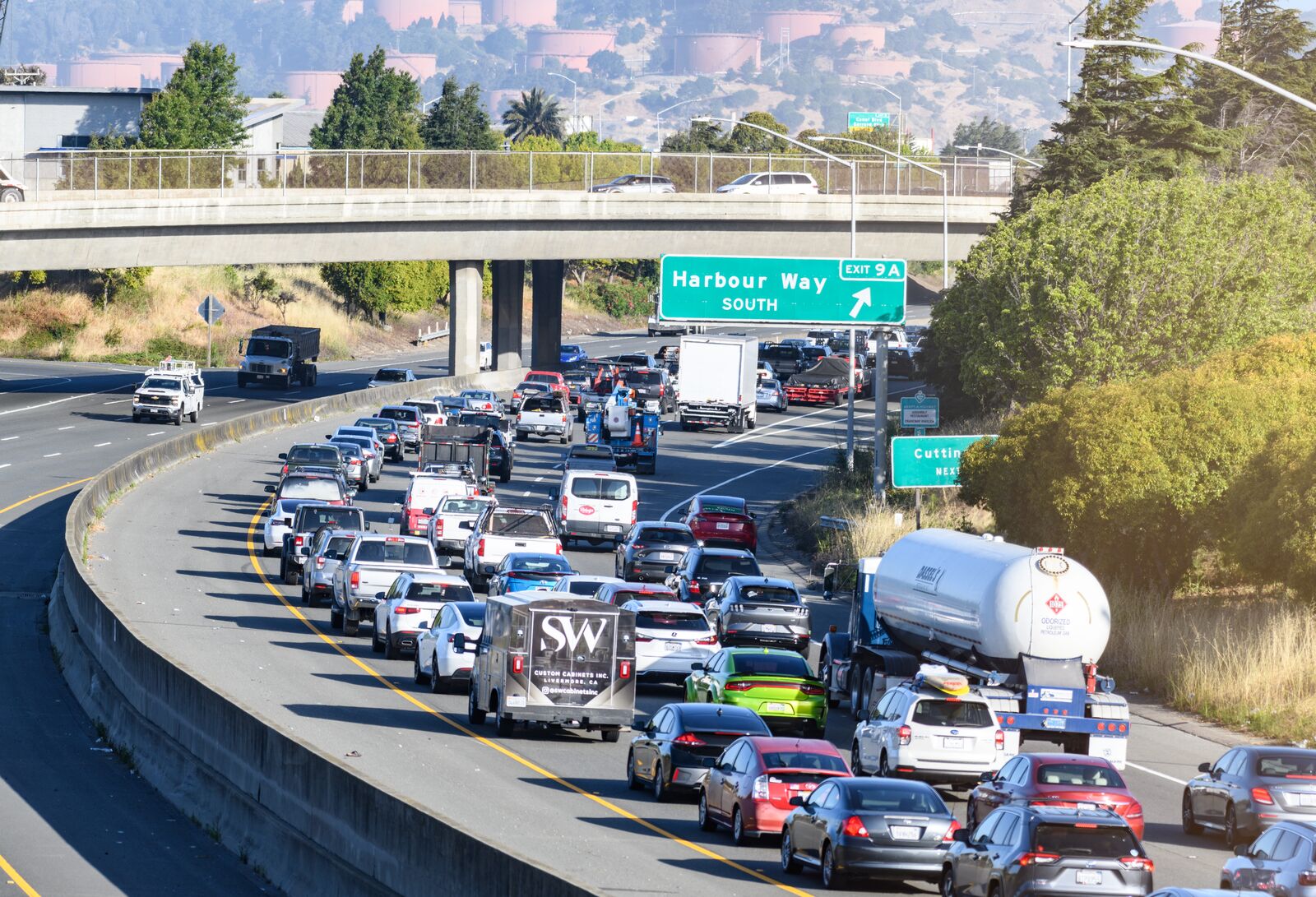#traffic-congestion
#traffic-congestion
[ follow ]
#urban-mobility #urban-planning #new-york-city #hov-lanes #public-safety #public-transportation #waymo #commuting
fromsilive
4 days agoTraffic delayed Monday morning heading toward Brooklyn
STATEN ISLAND, N.Y.- Traffic is slow-going Monday on the Staten Island Expressway for drivers headed toward Brooklyn, following reports of a crash on the Verrazzano-Narrows Bridge. An incident involving one or more vehicles on the bridge resulted in delays, emergency radio transmissions indicated. As of about 8:15 a.m., traffic remained heavy in the Brooklyn-bound lanes on the approach to the bridge, according to Google Maps.
Brooklyn
Social justice
fromStreetsblog
3 weeks agoDisplacement and Dollars Down the Drain: The Data Behind California's Highway Expansion Crisis - Streetsblog California
California's highway expansions displaced homes and businesses, increased congestion, and consumed billions while masking demolitions and generational harm until mandated disclosure revealed the impacts.
fromFast Company
3 weeks agoAfter NYC implemented congestion pricing, Chicago became America's worst city for traffic
If you feel like you spent more time sitting in traffic this year than last, you're not alone. Across the United States, drivers lost 49 hours to traffic congestion in 2025, a six-hour increase from the year prior, according to a new report from transportation analytics company INRIX. From Chicago to Philadelphia and Boston to Tampa, congestion increased in 254 of the 290 cities INRIX analyzed. But in New York, a city practically synonymous with gridlock, congestion stayed flat.
US news
fromTime Out New York
3 weeks agoA new study claims NYC will actually be the worst city for holiday travel in the U.S. this Christmas
Researchers at Duelbits ranked the 50 most populous U.S. cities across eight factors tied to holiday travel, including traffic time, rush hour delays, accident rates, flight performance, tire trouble, road quality and the chance of snow. New York scored 8.9 out of 10, putting the town firmly in first place. Los Angeles, San Francisco, Chicago and Miami round out the unfortunate top five, but New York comes out on top by a full half point.
New York City
fromARTnews.com
1 month agoMiami Beach Launches Free Water Taxi Program
Miami Beach, a city founded on the principle that nothing should ever take longer than ordering a cortadito, has finally admitted defeat. The traffic is bad- biblically bad-and the municipal solution is wonderfully literal: water taxis. For the second year in a row and beginning on December 1, the city will run a small flotilla of free boats shuttling people between Miami Beach and the mainland every ten to fifteen minutes, complete with connecting shuttles to the Convention Center and Collins Avenue.
Arts
fromFast Company
1 month agoThanksgiving travel 2025: Want to avoid traffic? Here are the best and worst times to hit the road this week
The majority of that travel both to and from Turkey Day destinations is expected to kick off tomorrow, Tuesday, November 25, and run through Monday, December 1, which are the dates the American Automobile Association (AAA) defines as the 2025 Thanksgiving holiday period. It's the busiest travel period for Americans, even beating out holidays like the Fourth of July and Christmas.
Travel
fromBig Think
1 month agoRemote control: Meet "the father of telework"
It was a phenomenon that Nilles, a U.S. Air Force veteran turned NASA consultant, dubbed the "telecommunications-transportation tradeoff." Viewing remote work as a potential substitute for commuting, Nilles sought to gauge telework's effectiveness by partnering with a major national insurance company (whose name he still can't divulge for legal reasons). A group of employees worked from local centers equipped with "minicomputers" that transferred data to the company's mainframe. In the 1974 pilot study, Nilles concluded that this approach resulted in higher productivity and reduced turnover.
Remote teams
fromLos Angeles Times
1 month agoLAX approved $1.5 billion to relieve traffic. Opponents say it won't work.
The countdown to the 2028 Olympic and Paralympic Games has sent Los Angeles International Airport into a $1.5-billion sprint to rebuild its roads, drawing ire from critics who argue the plan leaves the airport's most infamous bottleneck - the "horseshoe" - largely untouched. Los Angeles World Airports Board of Airport Commissioners on Thursday approved the final $1-billion phase of spending for its new roadway improvement plan, which aims to streamline traffic flow at airport entrances and exits.
Los Angeles
Environment
fromABC7 San Francisco
1 month agoShould trucks be allowed on I-580 in East Bay? Here's why Caltrans is considering lifting the ban
Truck ban on I-580 forces trucks onto I-880, concentrating pollution and health impacts in Oakland and San Leandro while raising equity and congestion concerns.
US news
fromKUT Radio, Austin's NPR Station
1 month agoMondays offer the smoothest commute for Austin drivers, new study finds
Monday is the least congested weekday as many workers choose to stay home; midweek, especially Thursday afternoons, sees the worst congestion, with travel spread through midday.
Canada news
fromwww.cbc.ca
1 month agoOshawa councillors, businesses say planned street closure for GO extension will cause bedlam' in city | CBC News
Oshawa councillors demand Metrolinx avoid a year-long full closure of Simcoe Street during Central Oshawa GO Station construction to protect business access and traffic flow.
Canada news
fromwww.cbc.ca
2 months agoPolice to crack down on drivers who 'block the box' in bid to cut Toronto gridlock | CBC News
A three-month Toronto police enforcement campaign will target key congestion-causing violations downtown to improve traffic flow, using fines and towing during peak hours.
fromCbsnews
2 months agoBrooklyn neighbors fear new bike lanes on busy McDonald Avenue will be dangerous
In Windsor Terrace, Brooklyn, a steady stream of trucks, cars, buses and ambulances travel along McDonald Avenue every day. Now, neighbors are growing concerned that New York City's plan to redesign the busy four-lane corridor with bike lanes will create new dangers. "We have two hospitals within one mile radius and four elementary schools," said Lisa Sposato, a Windsor Terrace resident. "So congestion and schools and hospitals don't mix very well." Transit officials, however, say their plan is the safer option.
New York City
fromAol
2 months agoFree ride over for electric vehicles on the Long Island Expressway car pool lanes: 'This sucks'
The federally mandated Clean Pass program expired on Wednesday, which means the more than 55,000 metro area motorists will no longer be allowed into the high-occupancy lanes during rush hour. "This sucks," Central Islip commuter and healthcare worker Beverly Gandarillas told The Post. "It's going to have a domino effect. I'm going to have to wake up earlier to leave earlier just to get to work on time, and forget it if there's an accident."
US politics
fromLos Angeles Times
2 months agoWith solo drivers kicked out of California carpool lanes, how bad will traffic get for rest of us?
As of Aug. 14, more than half a million motorists statewide had an active decal on their vehicle to access carpool lanes. California has an estimated 1,171 carpool lane-miles, with 803 miles in Southern California and 366 miles in Northern California, according to a UC Berkeley study. With more than 35 million total registered vehicles in California, that means 1% to 2% of the vehicle fleet will lose access to the carpool lane, said Antonio Bento, professor of public policy and economics at USC.
Environment
fromThesanjoseblog
2 months agoSan Jose is the 14th Noisiest City in North America
A recent study ranks the noisiest cities across North America, drawing from factors like population density, traffic congestion, visitor return rates, and levels of noise and light pollution. San Jose landed at 14th place among U.S. cities with an overall score of 40.03 out of 100. The city's population density sits at 2,104 people per square kilometer, ranking 19th, while average monthly Google searches related to noise complaints come in at 8.490, placing 18th. Congestion levels hover at 29 percent, which is 14th overall.
Canada news
California
fromsfist.com
2 months agoSonoma Commuters Rejoice as a 30-Year Freeway-Widening Project Gets Finally, Finally Finished
Completion of the Marin–Sonoma Narrows finally opens lanes on Highway 101 after decades of phased construction, ending a long-standing traffic pinch at the Marin–Sonoma border.
Remodel
fromArchDaily
3 months agoAncillary Facilities in the Tangshan Ape-man Cave Scenic Area / AESEU Architectural Technology and Art studio
Tangshan Ancient Ape-man Cave Scenic Area faces constrained land use, causing traffic congestion, lack of distinctive features, and inadequate services at the urban-rural fringe.
New York City
fromStreetsblog
3 months agoJay Z-Backed Times Square Casino Shrinks Sidewalks and Bus Lanes to Serve More Cars - Streetsblog New York City
Caesars Palace Times Square proposal would remove a bus lane and shrink sidewalks, increasing private car and for-hire vehicle traffic and worsening pedestrian safety.
Toronto
fromwww.cbc.ca
3 months agoDoug Ford said Ontario could buy back the 407. The company that owns it says there's been no such talks | CBC News
No buyback talks have occurred between Ontario and 407 ETR despite Doug Ford's repeated suggestions to acquire Highway 407 to reduce Greater Toronto Area congestion.
from24/7 Wall St.
3 months agoU.S. Commuters Lose 41 Hours Annually to Traffic with New Jersey and Delaware Drivers Facing Over 80 Hours of Delays
Traffic congestion isn't equal in every state. But knowing where traffic can be the worst is important, as sitting in long lines of cars can slowly damage your vehicle over time. Traffic also contributes to worsening pollution and reduces an area's economic health, as it can make people late for work or school, and lead to other issues down the line. In some areas, though, congestion is hard to avoid because of smaller roadways or population growth without infrastructure improvement.
US news
fromABC7 San Francisco
4 months agoAccess to bike path on Richmond-San Rafael Bridge to be limited, to be converted into breakdown lane
"There are only 21 bikes using it a day to get to work. But there are nearly 21,000 cars backed up for miles trying to get to work," said Joshua Arce with California Alliance for Jobs.
Alternative transportation
fromwww.romfordrecorder.co.uk
6 months ago'We hope common sense will prevail': Nursery to appeal extension plan refusal
We are disappointed by the recent decision to refuse planning permission for the proposed extension to our nursery in the Hacton ward. As a long-standing and trusted early years provider in the community, our sole aim is to meet the growing demand for local childcare - a need that has only increased with the completion of the new 300-home development at the St George's Hospital site. We will be lodging a formal appeal against the decision.
Renovation
fromwww.eastlondonadvertiser.co.uk
6 months agoMan blames 'total gridlock' around major London bridge on Silvertown Tunnel toll
Transport for London has implemented tolls for the new Thames tunnel, leading to increased congestion at alternative crossings like Tower Bridge, according to local residents.
London food
fromwww.newsshopper.co.uk
6 months agoTwo months of the Silvertown tunnel - has it made traffic better or worse?
"The Silvertown tunnel campaigners argue that it is worsening traffic around South London, especially the A102, despite claims from TfL about reduced congestion at Blackwall."
London politics
fromwww.cbc.ca
7 months agoOntario gets moving on Highway 401 tunnel feasibility study | CBC News
"The reason we're having a feasibility study is it's going to determine the length. If they're telling me, 30 kilometres is X, 40 kilometres is Y, and 70 kilometres or 60 kilometres is another cost, let's take a look at it," he said when he announced his plan in September. "But we're going to get the job done, mark my words."
Toronto startup
fromStreetsblog
7 months agoLegislation Moves in Assembly to Loosen Environmental Regulations on Proposed Widening of SR 37 - Streetsblog San Francisco
"Today, SR 37 has two lanes in each direction except for a 10 mile stretch where it has one lane, cresting a major bottleneck...adding an hour and a half to two-way commutes."
Alternative transportation
[ Load more ]
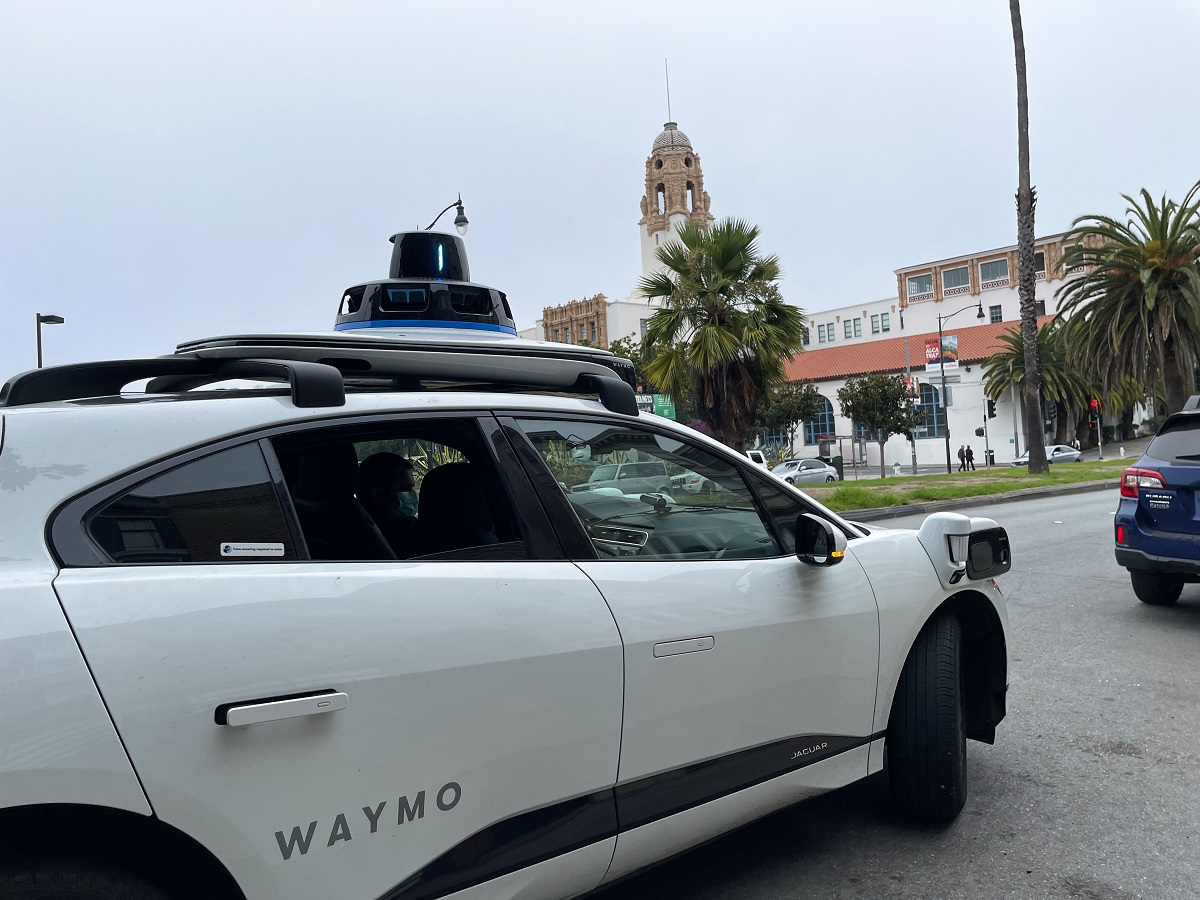
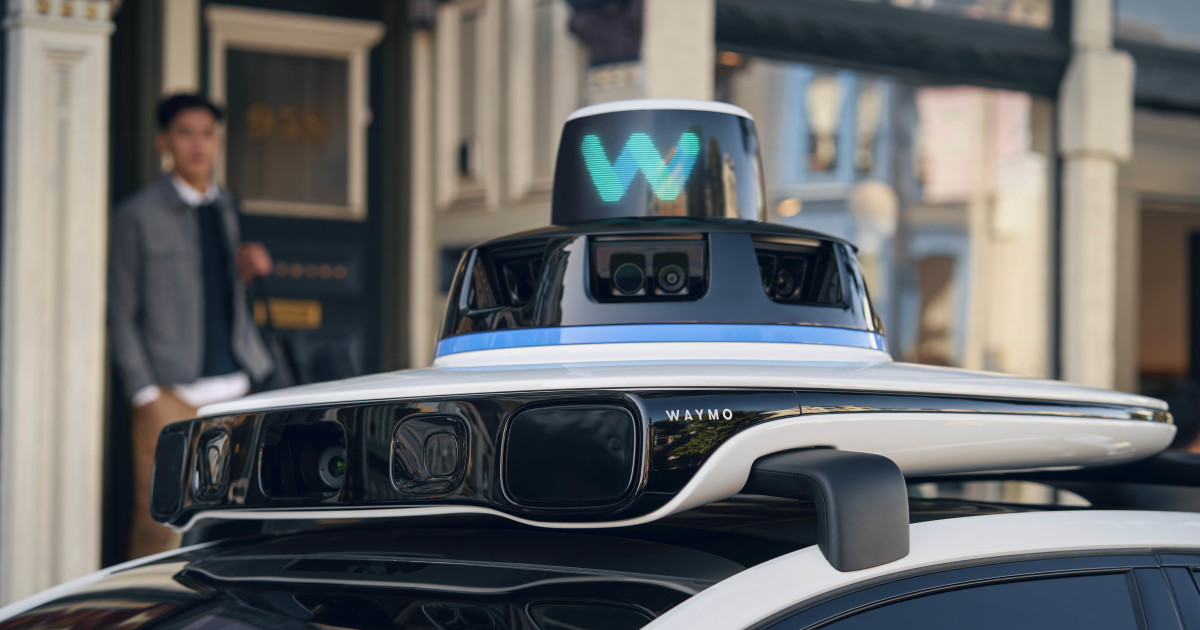


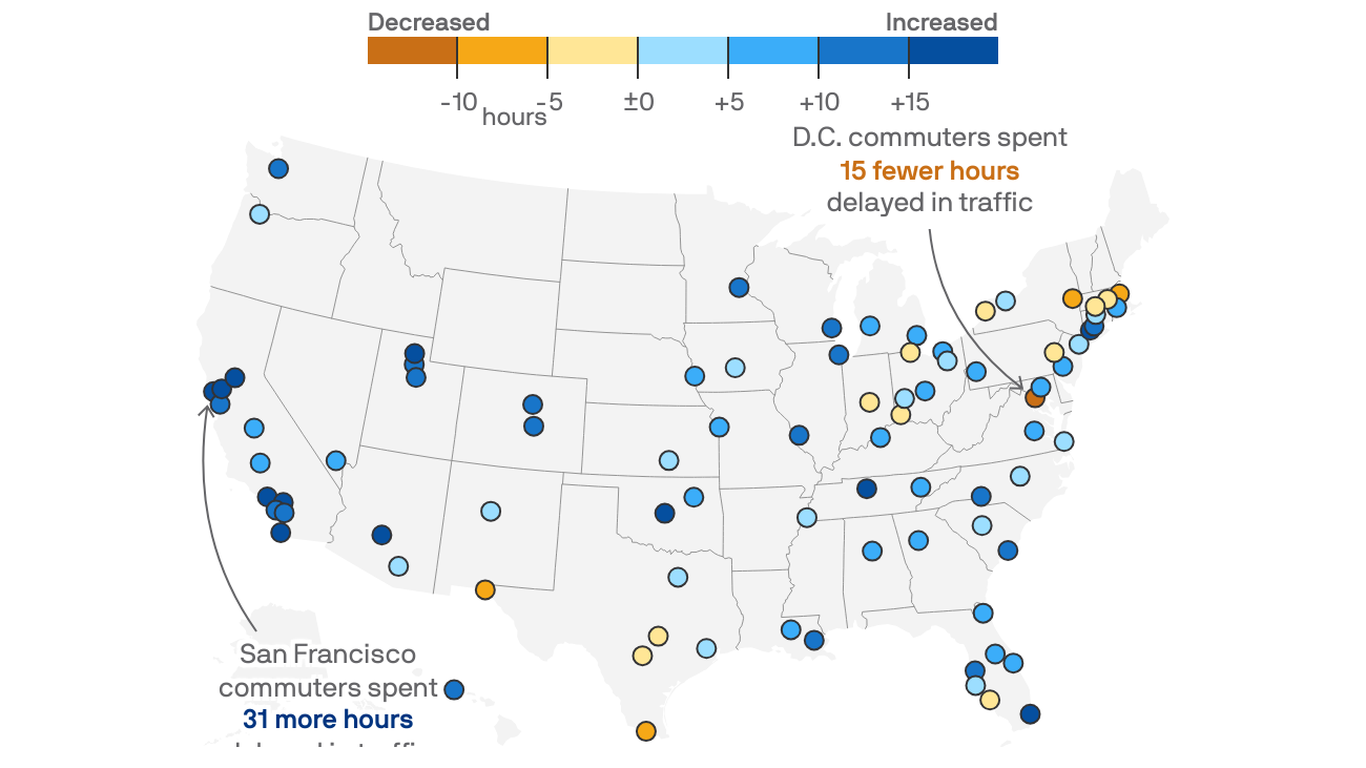
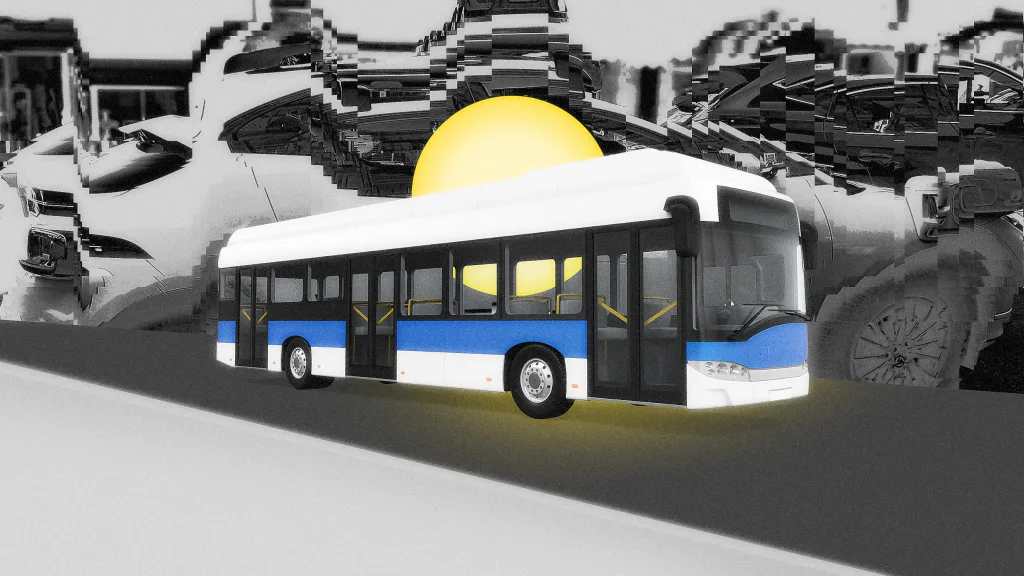
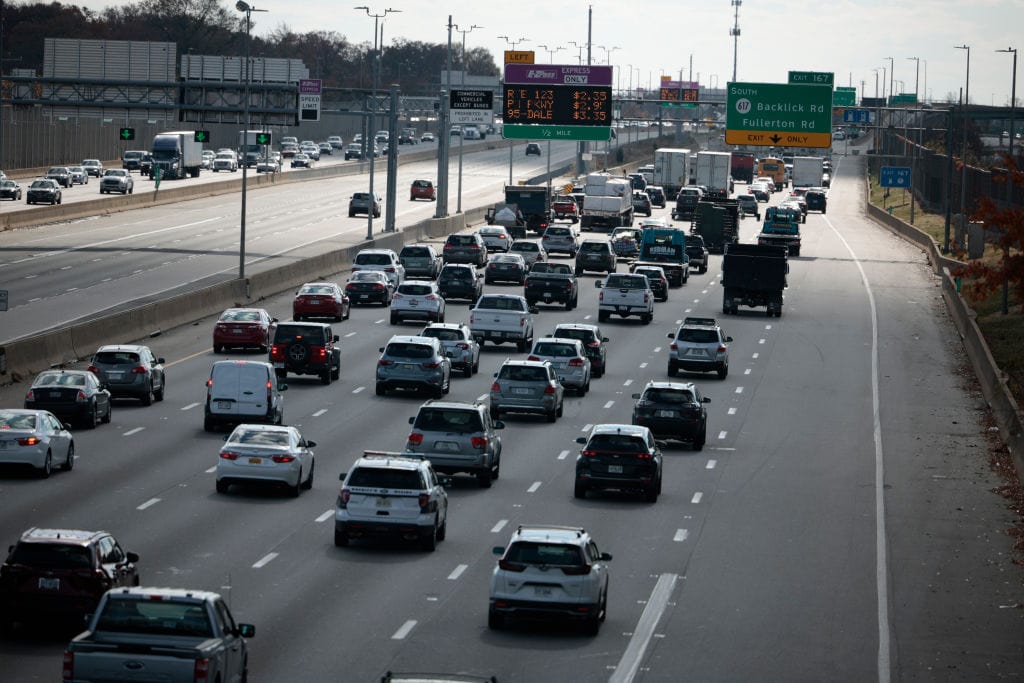
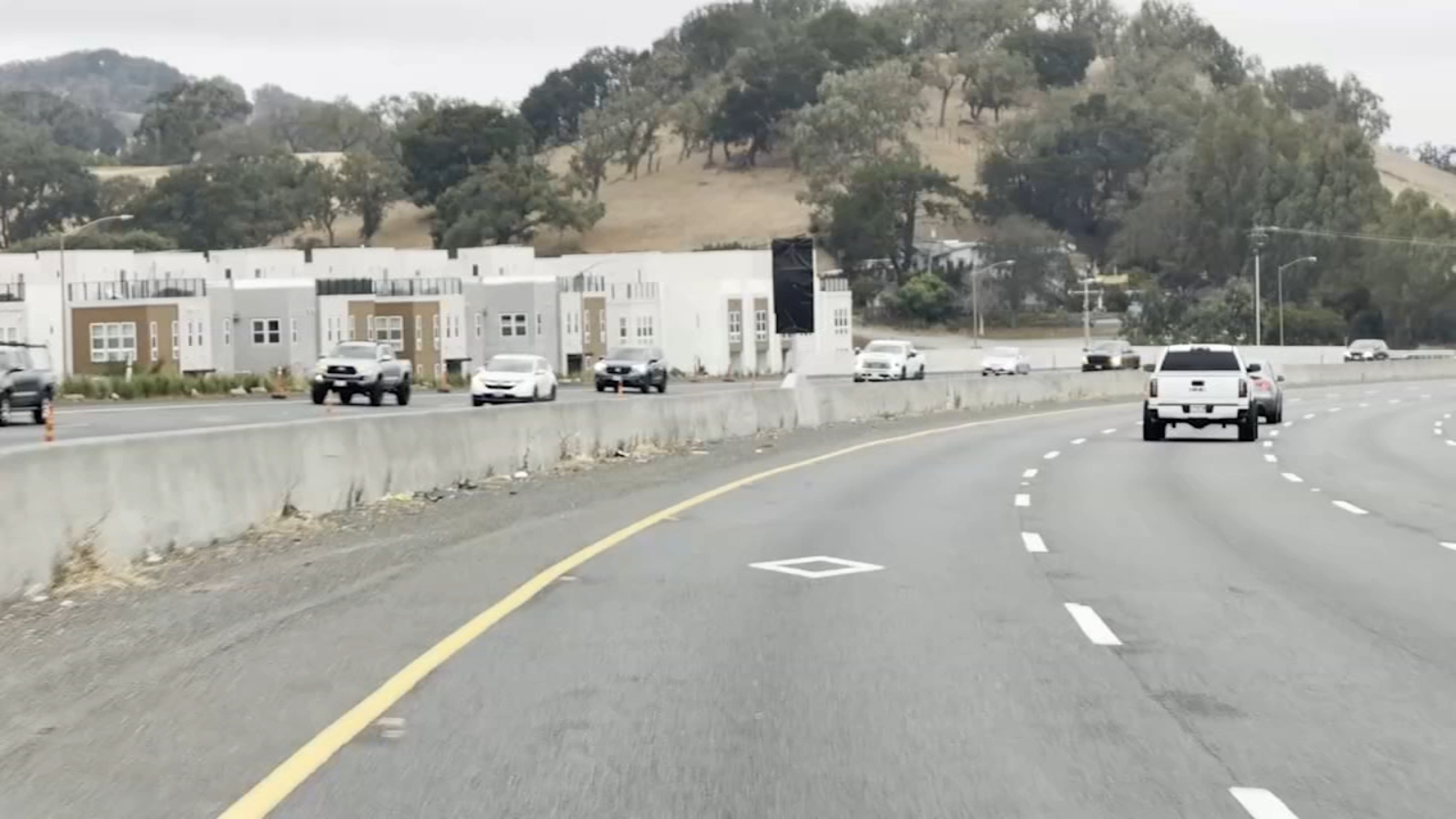
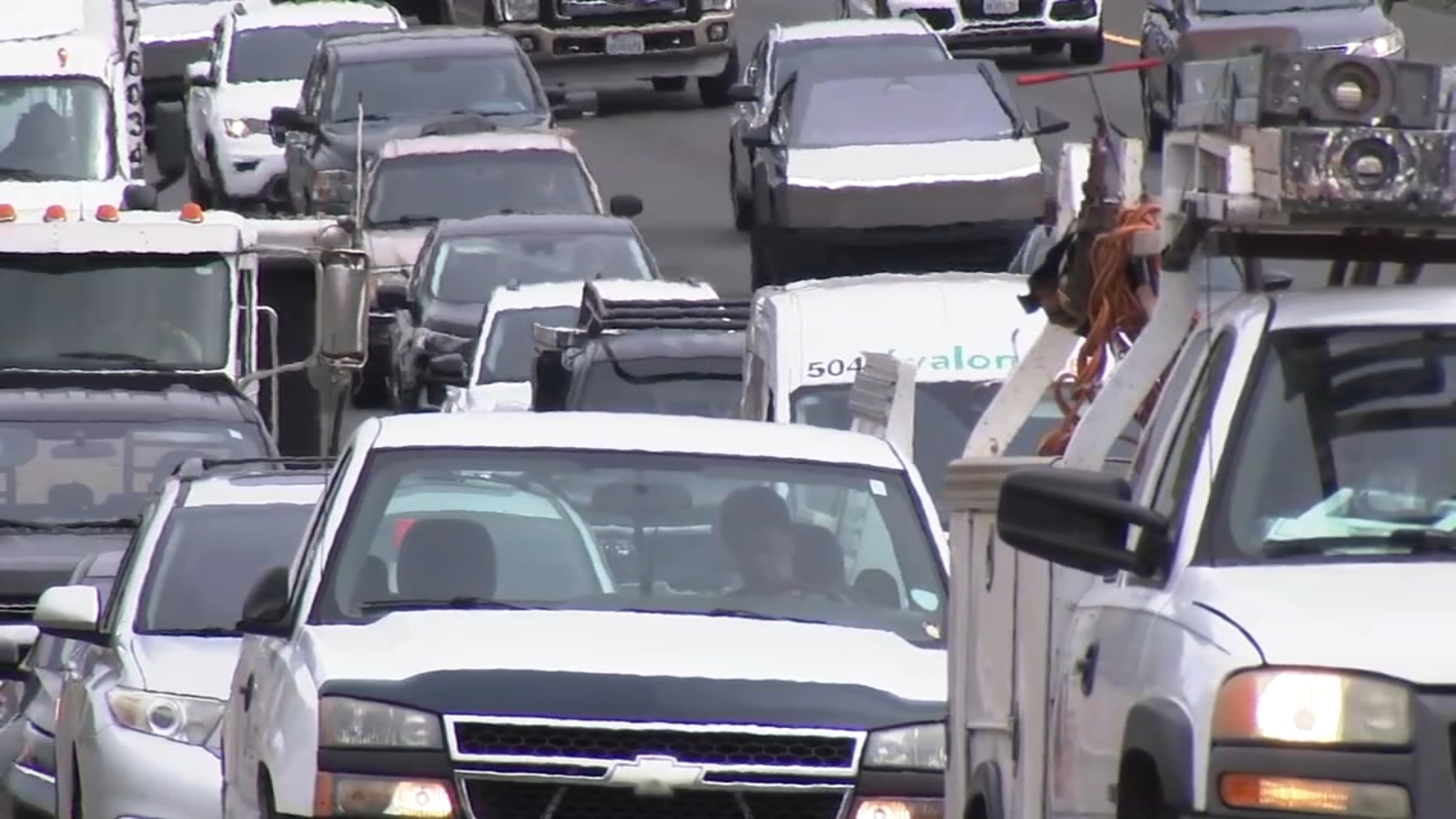
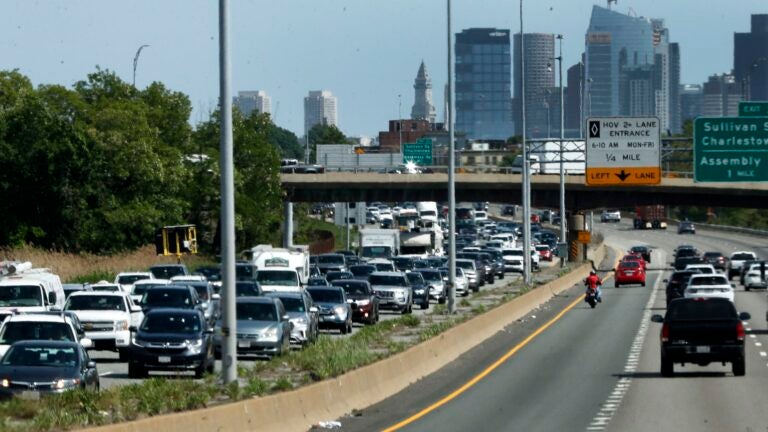
:max_bytes(150000):strip_icc()/TAL-traffic-labor-day-san-francisco-LABORDAYTRAFFIC0825-8b074413a43040e5a00886cc14ff678f.jpg)


